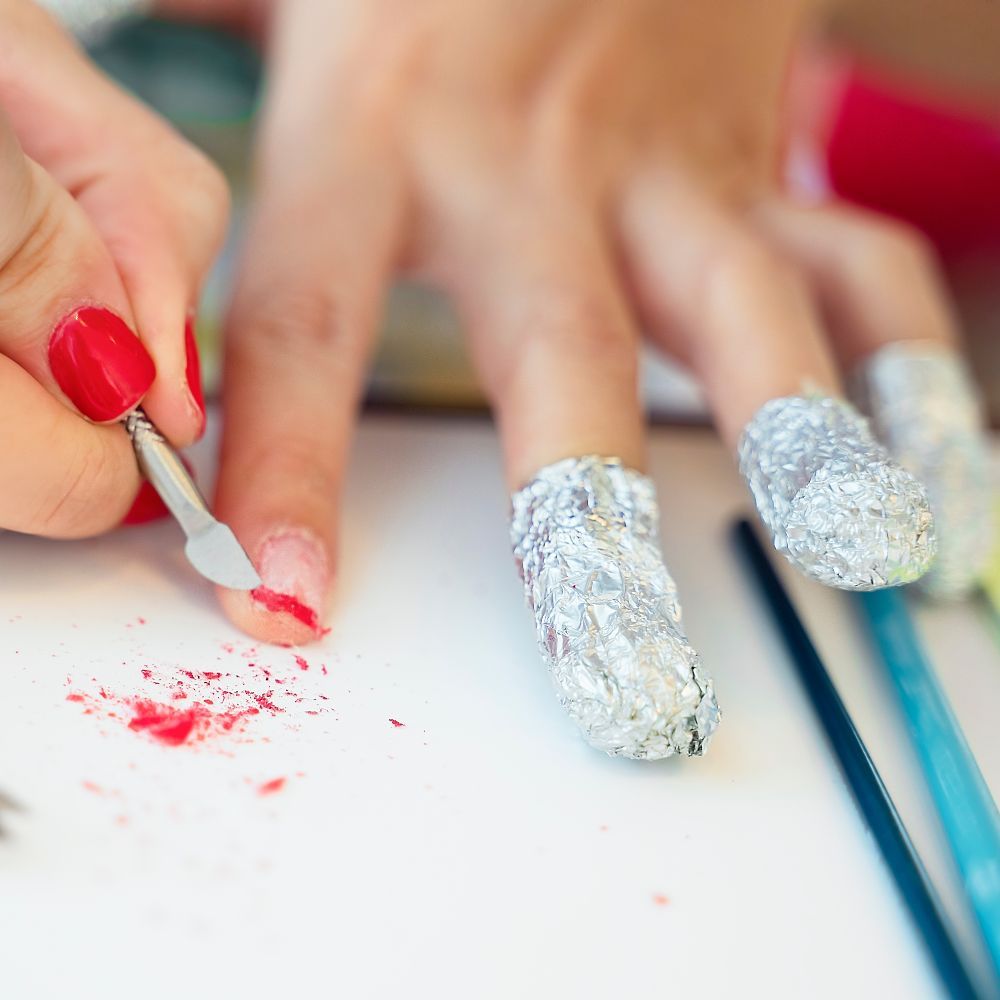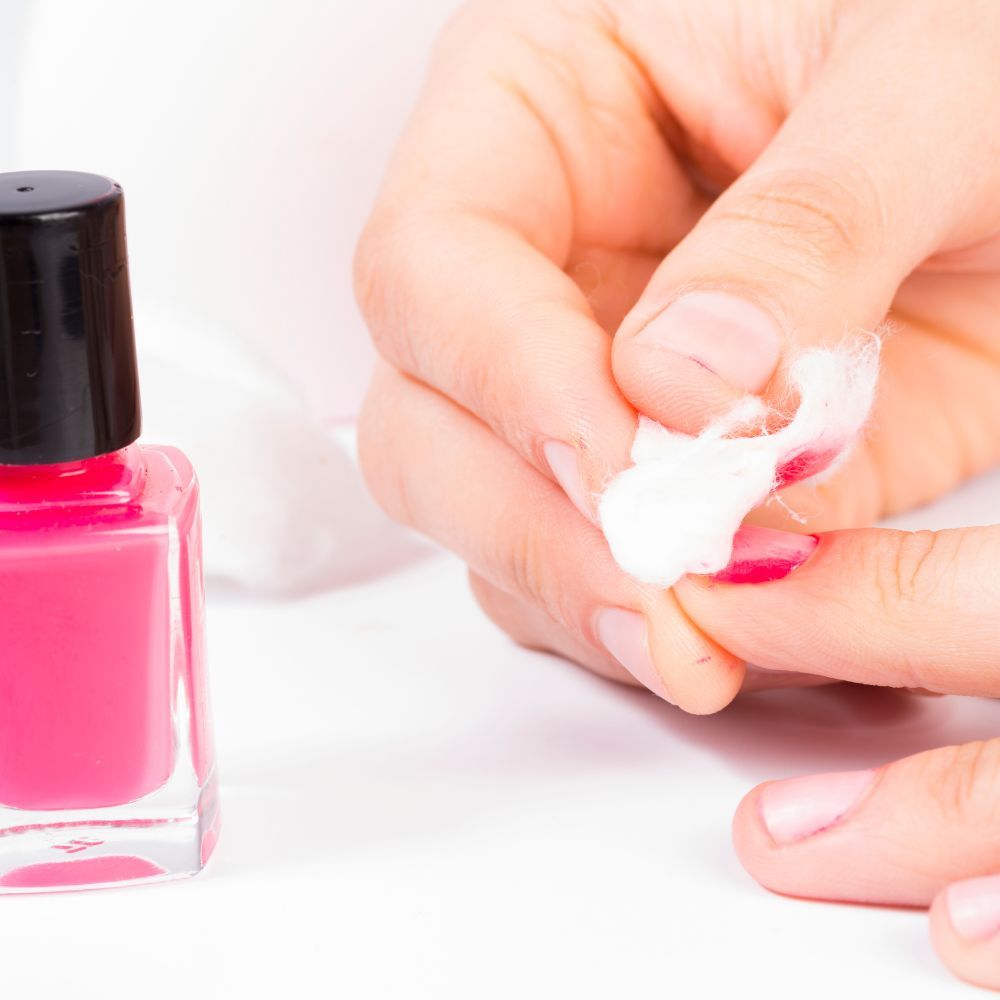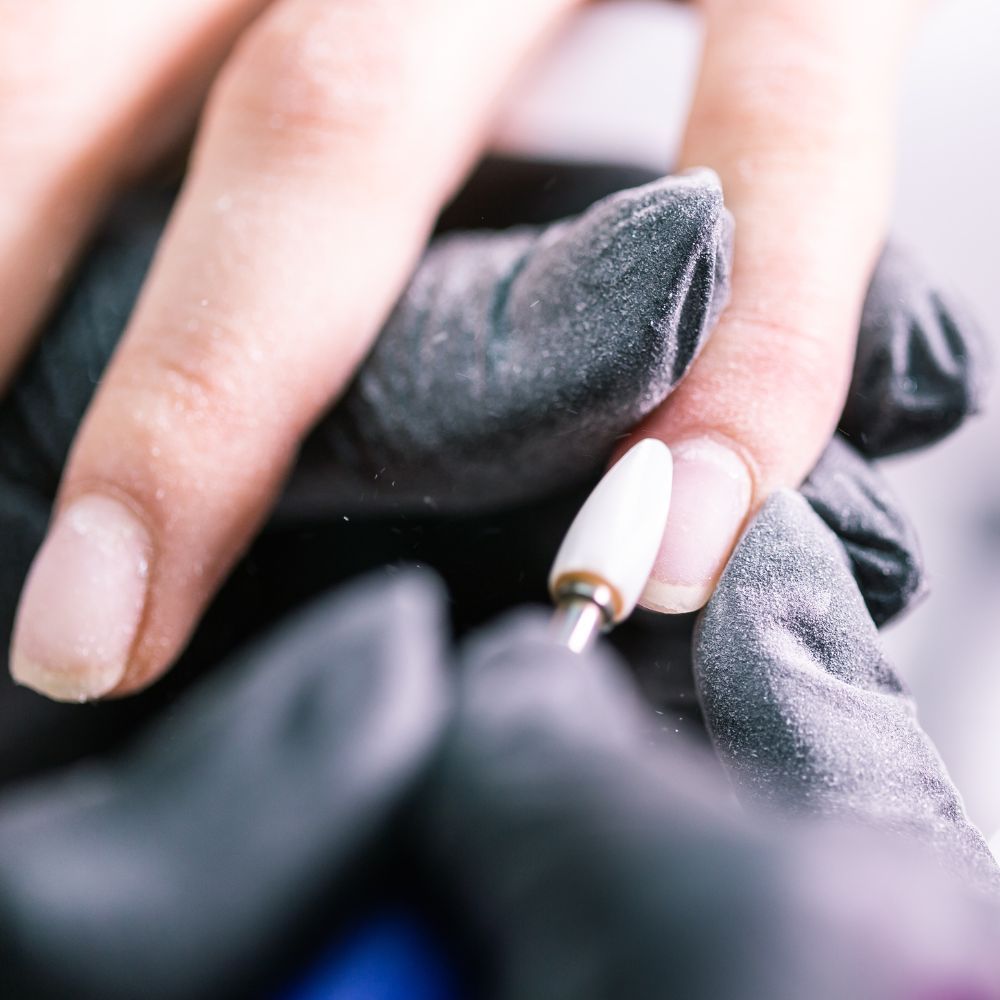If you're a beauty lover, then you know that one of the worst feelings in the world is when you accidentally get nail polish on your skin. But what if I told you that there's a way to remove nail polish from sensitive nails without harming your skin? Here's how!
What You'll Need
- acetone-free nail polish remover
- cotton balls or pads
- aluminum foil
- a small bowl
Instructions
- Pour some acetone-free nail polish remover into the bowl.
- Cut the cotton balls or pads into small pieces.
- Place the cotton balls or pads onto your nails.
- Wrap your nails in aluminum foil.
- Let the foil sit on your nails for 10 minutes. Remove the foil and cotton balls or pads from your nails.
- Voila! Your nail polish should be removed and your nails will be unscathed!

FAQs About removing nail polish from sensitive nails
Here are some FAQs and answers to help you with the process:
What supplies do I need to remove nail polish from sensitive nails?
To safely remove nail polish from sensitive nails, you will need the following supplies:
- Acetone-free nail polish remover: Look for a gentle formula that is specifically labeled as acetone-free. Acetone-free removers are generally milder and less drying, making them more suitable for sensitive nails.
- Cotton balls or pads: These will be used to apply the nail polish remover to your nails. Choose soft, lint-free cotton balls or pads to avoid leaving fibers behind.
- Soft buffer or emery board: This is optional but can be used to gently smooth the nail's surface if needed after the polish is removed. Opt for a soft buffer or a fine-grit emery board to avoid excessive filing or buffing.
- Moisturizing nail and cuticle oil: After removing the nail polish, it's essential to rehydrate your nails and cuticles. Choose a nourishing oil specifically formulated for nails, such as jojoba oil, almond oil, or vitamin E oil.
These supplies should be sufficient for safely removing nail polish from sensitive nails. Remember to handle your nails gently throughout the process to minimize any potential damage or irritation.
Is acetone-free nail polish remover better for sensitive nails?
Yes, acetone-free nail polish removers are generally considered better for sensitive nails. Acetone is a powerful solvent that effectively removes nail polish but can also be harsh and drying to the nails and cuticles. Sensitive nails are more prone to dryness, brittleness, and damage, so using an acetone-free nail polish remover is a gentler option.
Acetone-free nail polish removers are typically formulated with milder solvents that are less likely to strip away the natural oils and moisture from the nails. They are generally less drying and less likely to cause further damage or irritation to sensitive nails and cuticles.
However, it's important to note that everyone's sensitivity levels may vary. While acetone-free removers are generally considered a better choice for sensitive nails, it's still possible for some individuals to experience sensitivity or reactions to certain ingredients in these products. If you have particularly sensitive nails or have experienced adverse reactions in the past, it's always a good idea to test a small area first or consult a dermatologist for personalized recommendations.

How do I remove the nail polish without causing damage?
Follow these steps to safely remove nail polish from sensitive nails:
- Moisten a cotton ball or pad with acetone-free nail polish remover.
- Gently press the soaked cotton ball onto the nail and hold it there for a few seconds to allow the nail polish to loosen.
- Slowly and gently swipe the cotton ball or pad over the nail in one direction, starting from the base to the tip. Avoid rubbing back and forth, as this can cause friction and damage to the nail.
- Repeat the process until the nail polish is completely removed.
- If there are any stubborn spots, avoid scraping or using excessive force. Instead, apply a bit more nail polish remover to a fresh cotton ball and gently press and hold it on the spot for a few seconds before swiping it away.
- After all the polish is removed, use a soft buffer or emery board to gently smooth the nail's surface if needed. Be careful not to over-buff, as this can weaken the nails.
- Finish by applying a nourishing nail and cuticle oil to rehydrate the nails and cuticles.

How often should I remove and reapply nail polish on sensitive nails?
For sensitive nails, it's generally recommended to give them a break and allow them to breathe between nail polish applications. The frequency of removing and reapplying nail polish may vary depending on the individual and the condition of their nails. However, here are some general guidelines:
- Give your nails a break: It's advisable to leave your nails free of nail polish for a few days between manicures. This break allows your nails to rehydrate, strengthen, and recover from the potential drying effects of nail polish.
- Monitor the condition of your nails: Pay attention to the health and appearance of your nails. If you notice any signs of dryness, brittleness, or discoloration, it may be a sign that your nails need a longer break from nail polish.
- Maintain good nail care practices: While your nails are bare, take the opportunity to focus on nail care. Keep your nails trimmed and filed to prevent snagging and breakage. Apply a nourishing nail and cuticle oil regularly to keep your nails hydrated.
- Consider using nail-strengthening treatments: If you have consistently sensitive nails, you might benefit from using nail-strengthening treatments or base coats designed to fortify and protect your nails. These products can help improve nail health and minimize potential damage from nail polish.
- Listen to your nails: Everyone's nails are unique, and what works for one person may not work for another. Pay attention to how your nails respond to nail polish and make adjustments accordingly. If you notice persistent sensitivity or negative changes in your nail health, it's best to consult a dermatologist or healthcare professional for personalized advice.
In summary, allowing your sensitive nails to take breaks between nail polish applications is beneficial. Finding the right balance and frequency of removing and reapplying nail polish will depend on your individual nail health and how well your nails tolerate nail products.
Are there any alternatives to traditional nail polish removers?
Yes, there are alternative methods to remove nail polish, such as using peel-off base coats or non-acetone nail polish remover pads. These options may be gentler on sensitive nails, but it's essential to test them on a small area first to ensure compatibility with your nails.
Remember, if you experience any persistent nail or skin issues, it's best to consult a dermatologist or healthcare professional for personalized advice and guidance.
There you have it! A simple and easy way to remove nail polish from sensitive nails without damaging your skin! But with so many products on the market, it can be tough to know which one is right for you. That's why we've done the research for you and compiled a list of the best nail polish removers available. We looked at factors like price, performance, and customer reviews to come up with our top picks. So whether you're looking for an acetone-free formula or one that's gentle on your nails, we've got you covered. Click the link below to check out our list and find the perfect nail polish remover for your needs.
Read our article about best nude nail polish here!
Read our article about best cruelty free lipstick here!
Read our article about best hair brush for fine hair here!







